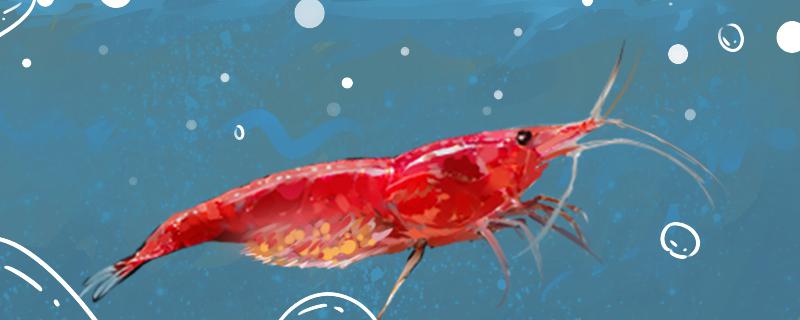 Does
Does Cherry blossom shrimp does not eat filamentous algae. This is mainly because the filamentous algae is relatively long and not easy to digest, while the cherry shrimp is relatively small. So they don't eat filamentous algae. But if they are hungry for a long time, and there is only filamentous algae in the tank to eat, they will also eat a little filamentous algae. Although they don't eat filamentous algae, they can eat many kinds of algae. In normal feeding, they can be used to remove algae from the fish tank. If you want to remove the filamentous algae in the fish tank, you can put some black shell shrimp in the fish tank.
Cherry Shrimp is a kind of creature that can endure hunger. It can be fed once every three days or so. If you mix them with other fish, you don't have to feed them. Cherry blossom shrimp is a creature that lives on the bottom of the water. When feeding fish, some food residues will fall on the bottom of the fish tank, which is enough for them to live on.
If there are algae and other plants in the fish tank, they can not be fed, they will feed on these algae. However, if you are afraid of starving them during the feeding process, you can feed them once every ten days or so. If they don't eat much of the food they put in the water, it means they're not hungry. At this time, it is necessary to fish out the food in the water to avoid polluting the water quality.